1. Film Drop-Off Stations
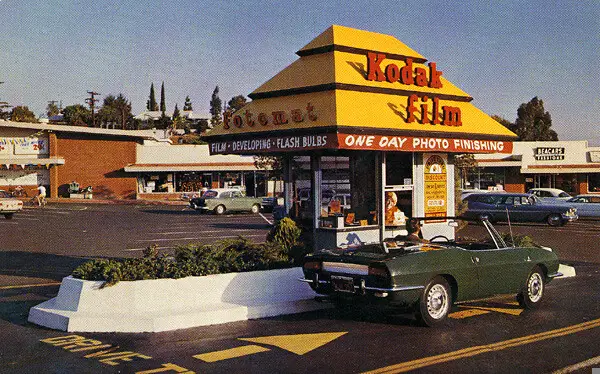
Photo processing kiosks for film used to be common near store entrances. With the rise of digital photography, these stations have become irrelevant. They’re now a nostalgic memory of the pre-smartphone era.
2. Manual Price Tags
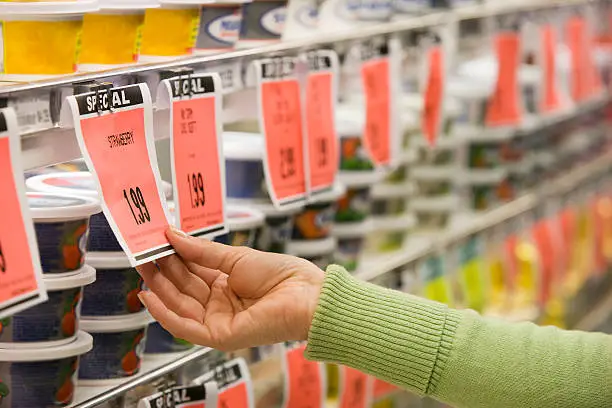
The days when every item had a tiny price sticker manually attached are rapidly dwindling. With digital scanners and dynamic pricing, stores now rely on shelf labels and barcodes. This shift has made pricing faster but removed the tactile charm of old-school shopping.
3. Grocery Clerks Bagging Your Items
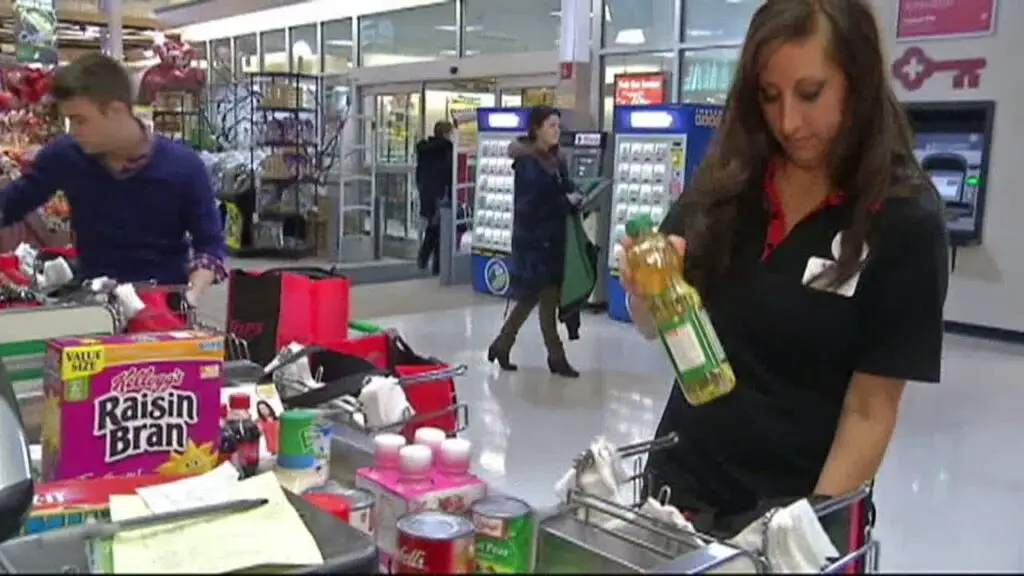
In many stores, customers are now responsible for bagging their groceries. The decline of dedicated baggers reflects cost-cutting measures and the rise of self-checkout lanes. It’s a small but noticeable change in the grocery shopping experience.
4. Bulk Candy Displays
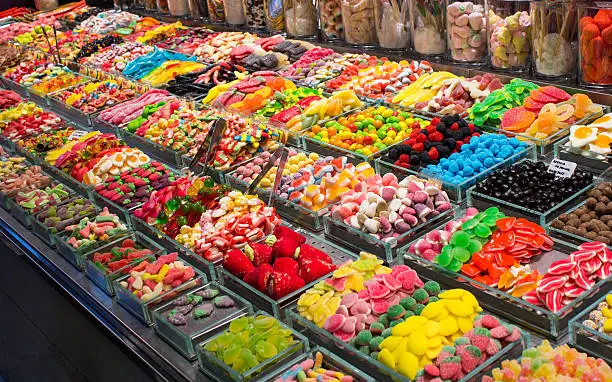
Once a favorite for kids and adults, the scoop-your-own candy bins are disappearing. Hygiene concerns, particularly after the pandemic, have led to their decline. Prepackaged candy now dominates the aisles.
5. Fresh Butcher Counters in Every Store

Many grocery stores have phased out in-house butchers in favor of pre-packaged meats. Cost and convenience have made this change appealing to retailers. While specialty stores keep the tradition alive, it’s becoming a rare sight in mainstream grocers.
6. Coin-Operated Candy and Toy Machines
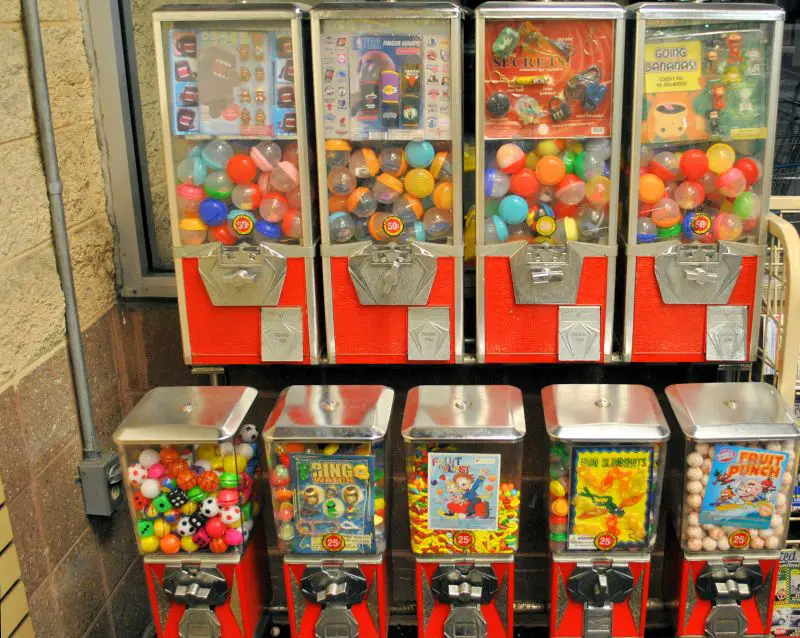
The colorful candy and toy dispensers near store entrances have largely vanished. With the rise of online shopping and fewer coin users, these nostalgic machines have become obsolete. They’re now more likely to be found in arcades or retro-themed spaces.
7. Paper-Only Grocery Bags
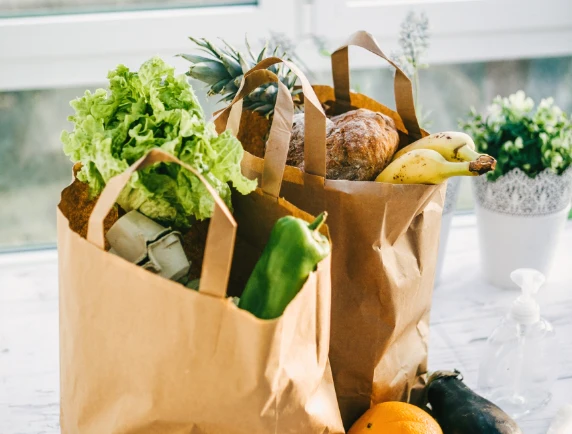
Plastic bags replaced paper as the default decades ago, and now reusable options are the norm. Some states and cities have even banned single-use plastic, leading to a complete overhaul of grocery bag policies. Paper-only bagging is now a relic of the past.
8. S&H Green Stamps and Other Loyalty Coupons
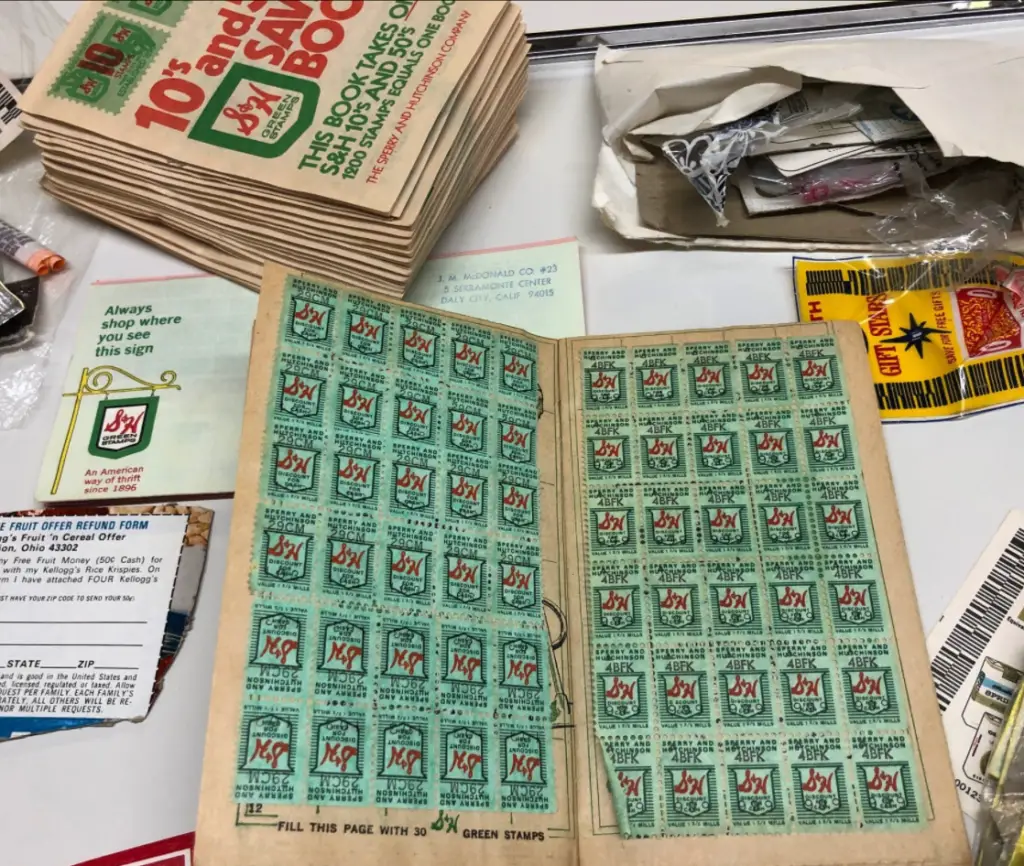
Once a staple of loyalty programs, stamp collecting for discounts has disappeared. Digital rewards programs and mobile apps have replaced these physical perks. Today, loyalty is tracked through your phone number, not a booklet of stamps.
9. Open Salad Bars
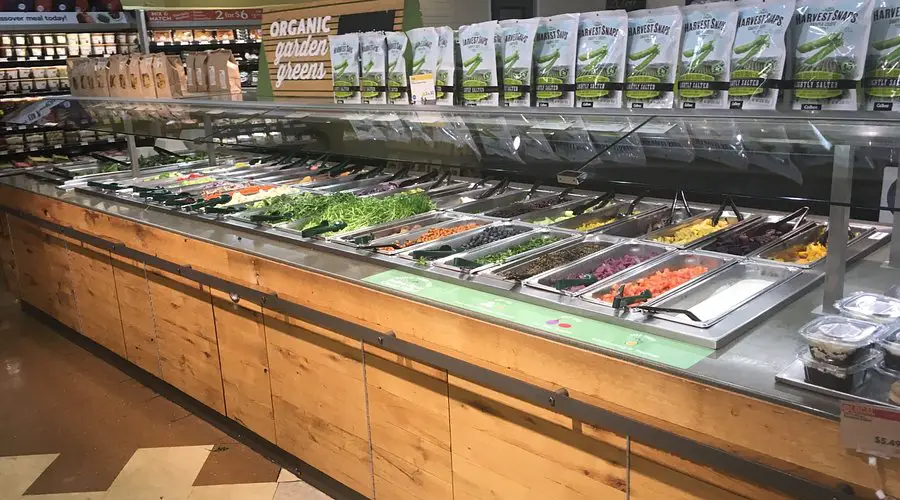
The beloved salad bar has been largely replaced by pre-packaged salads and sides. Concerns about hygiene and food safety have hastened their decline. This trend may persist even as health guidelines evolve.
10. Cashiers at Every Lane
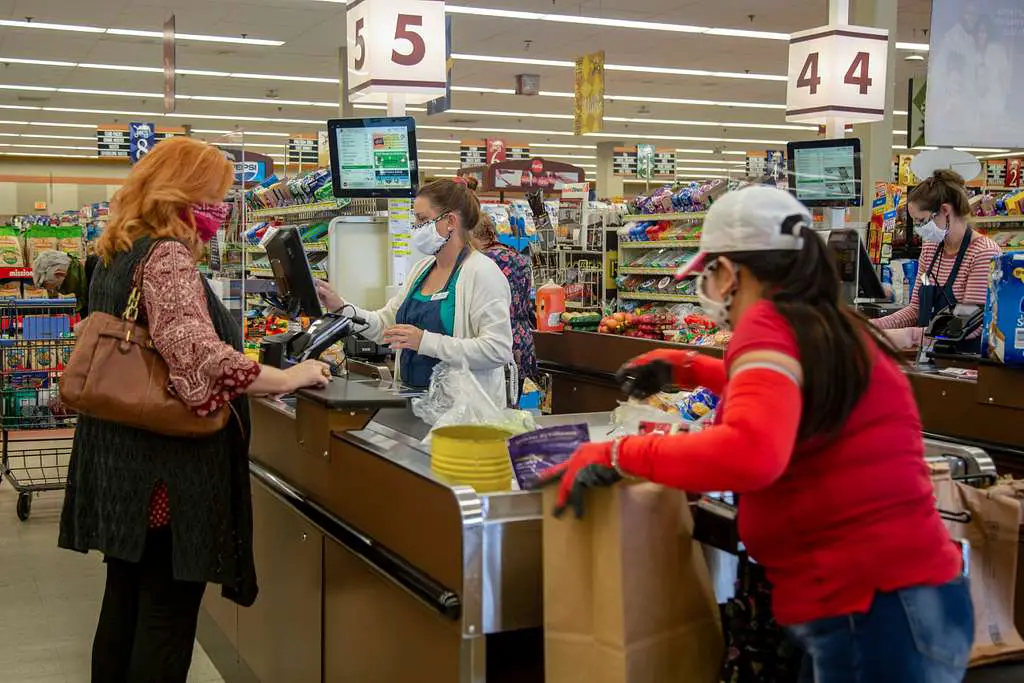
Self-checkout kiosks have steadily replaced human cashiers. Many stores now operate with fewer staffed lanes to save on labor costs. While convenient for some, it marks a less personal shopping experience.
11. Coin Counting Machines
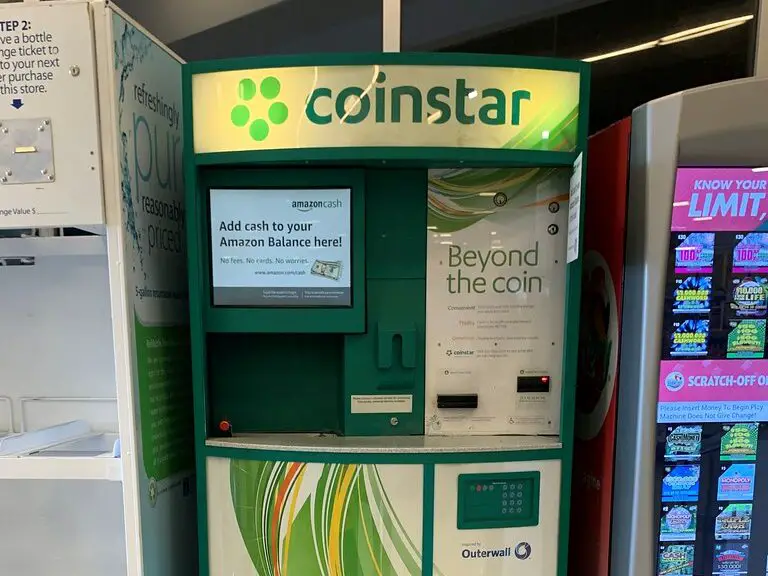
Machines like Coinstar, once a staple near store exits, are becoming rare. Fewer people use physical coins, leading stores to phase out these bulky units. Digital payment methods have further accelerated this trend.
12. Free Samples Everywhere
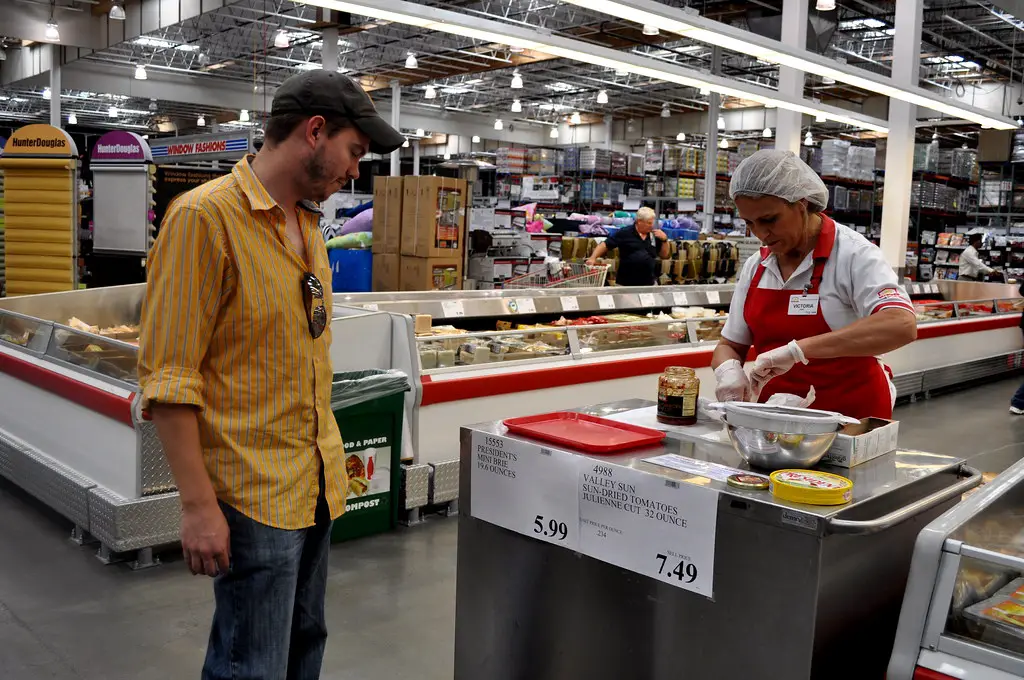
Sampling stations have drastically reduced in number or disappeared altogether. This decline was exacerbated by the pandemic, and many stores haven’t brought them back. While some upscale grocers still offer tastings, it’s no longer a common perk.
13. In-Store Cafeterias
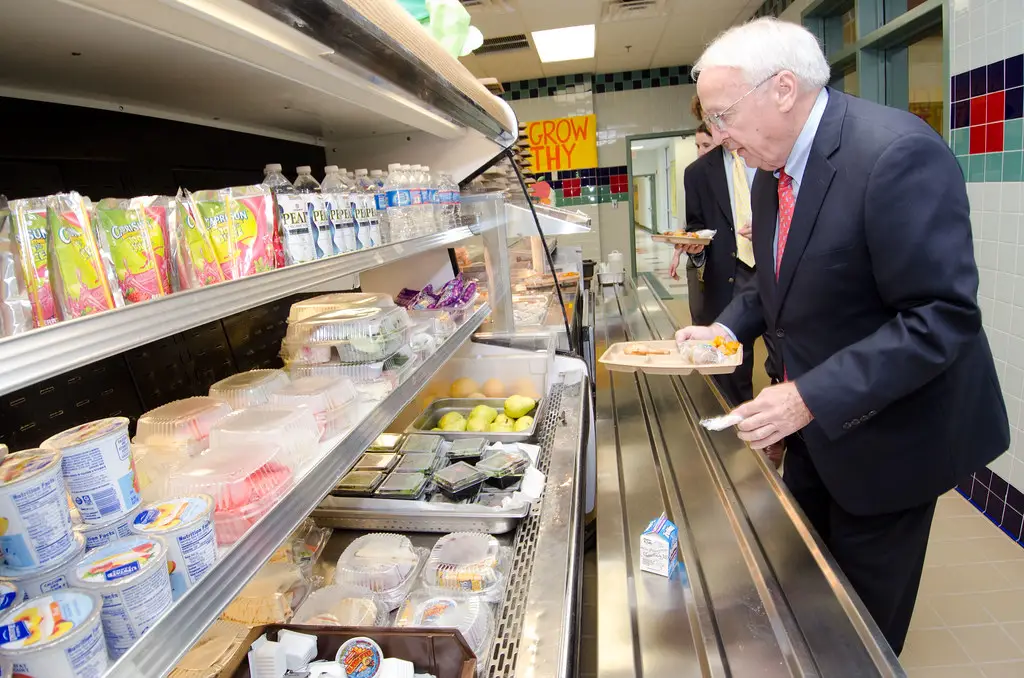
Many grocery stores once featured cafeterias where shoppers could grab a meal. Today, pre-packaged meals and in-store food courts have taken their place. The shift reflects changing consumer preferences for grab-and-go convenience.
